Packrafting has officially opened up a whole new world of adventure for me. I've been a lifelong hiker. Typically, I stay firmly on terra firma. Being from the desert, water-based adventures were far from my scope of expertise. But then something funny happened to me. A while back, Jacob Moon and his wife Natasha invited me to Montana to packraft the South Fork of the Flathead right after I had just stumbled into ownership of a packraft.
Even though I had never used it before and the idea of hauling a raft deep into the wilderness was fairly novel, I couldn't say no.
South Fork of the Flathead is a premier river
The South Fork of the Flathead is by all accounts one of the world’s premier rivers. It's pristine. It's remote. And it runs through the Bob Marshall Wilderness in Montana, just south of Glacier National Park. The Bob Marshall is one of the most beautiful and beloved wilderness areas in all the US. But, this pristine wilderness is rather difficult to explore. And for a long time, pack animals were about the only way to effectively support a trip out here. That is, until packrafts came along.
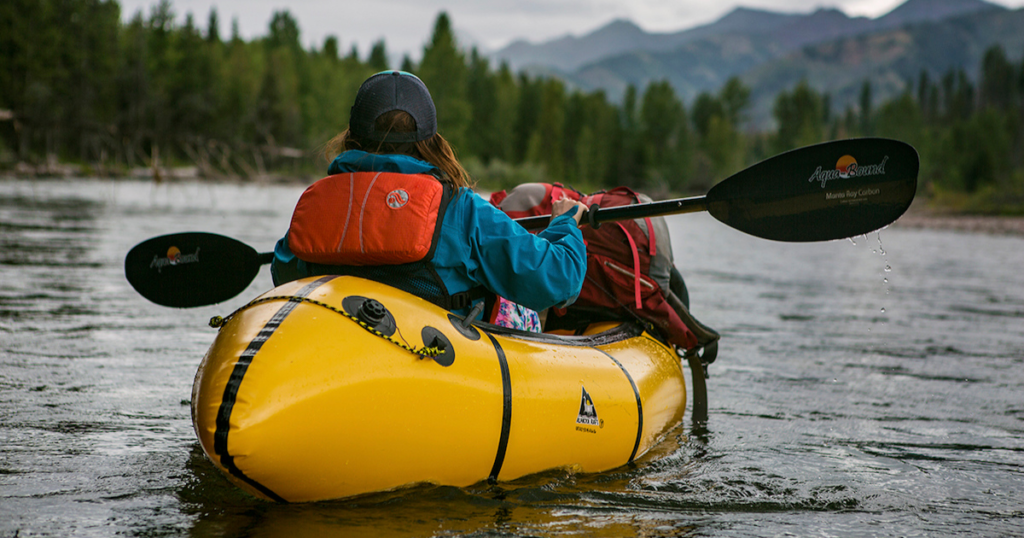
Our route required fifteen miles of backpacking through rugged terrain to get to our put-in on the river. We had to cross mountain passes, ford creeks, and haul way more gear than a normal backpacking trip. Packrafts are designed to be incredibly light and packable. They typically get as small as a sleeping bag. But with my penchant for hauling heavy camera equipment, as well as needing a life vest, a paddle, and six days worth of food, I was hauling quite the load.
The hiking plan for our packrafting trip
Backpack fifteen miles to the put in. Float fifty five miles of river over five days. Then exit the river corridor and hike out three miles to a car waiting on the other end. One day of acting as a beast of burden meant five days of the most fun and enjoyable way possible to explore a wilderness area.
We left the trailhead with bright spirits and a few clouds overhead. But by mid-afternoon, the few clouds turned into a downpour and we hiked the last five miles under a steady, soaking rain. Thoroughly exhausted and sopping wet, we had made it to our put in. We set up camp, ate a hot meal, and crawled into our respective tents, giddy for the more relaxing adventure that lay ahead.
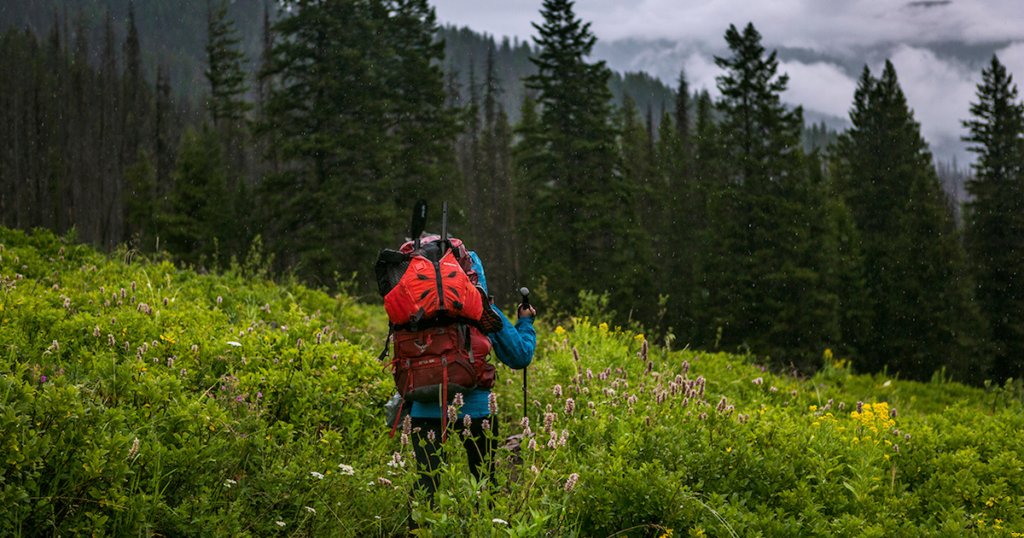
In the morning, we packed up camp and headed to the banks of the river. After a little debate about if we needed to keep hiking downstream, we unpacked our rafts and set out on the river. Our concerns were that if we put in too early, we might find ourselves plunging over a series of waterfalls or caught in one of the many logjams in the early portion of the river. Luckily we encountered no waterfalls. But the logjams were a different story. Every twenty minutes we had to pull to the side of the creek and portage around strainers and massive piles of fallen trees barricading the river.
Is packrafting dangerous or can it be safe?
I was very nervous when we first put in to the river. I had never gone packrafting before and I was intimidated floating on such a tiny vessel along a remote and wild river. Luckily my fears of drowning subsided and I started to get the hang of it after a few miles of negotiating through small rapids and narrow passages in the river.
As the miles floated by, my fear and anxiety turned to elation and joy. I couldn’t believe how amazing the experience was. There were some flat sections that required a little bit of paddling effort. But for the most part, the river did all the hard work. With every passing moment I was being whisked deeper into the wilderness. My chief objectives were to sit back, enjoy the scenery and camaraderie, and feel a connectedness with the river.

Setting up a packrafting camp
As evening descended we searched for a suitable camp. After a few minutes we pulled to the side of the river and set up camp on a beautiful green grass meadow. While the wood was soaked from the recent rain, I eventually got a fire going while Jacob fished for trout. Our crew dried out our soaking gear as Jacob landed a few beautiful trout. He foraged some wild chives that grew along the river bank and that night, we ate the most delicious trout I’ve ever had in my life.
The following days, more drainages fed into the creek and the volume of the river grew significantly. Soon, we were no longer on a small creek, but a full fledged river. We bumped our way through a section of a narrow gorge with several miles of rapids. The rapids were big enough to dump you and your tiny craft if you weren’t careful. It was intimidating at first. But it was also a hell of a lot of fun.
There was a certain rhythm to the days. Wake up. Eat breakfast. Drink coffee. Paddle. Float. Laugh with friends. Get a little scared at rapids. Enjoy the scenery. Find a beautiful camp. Make a fire. Sleep well.
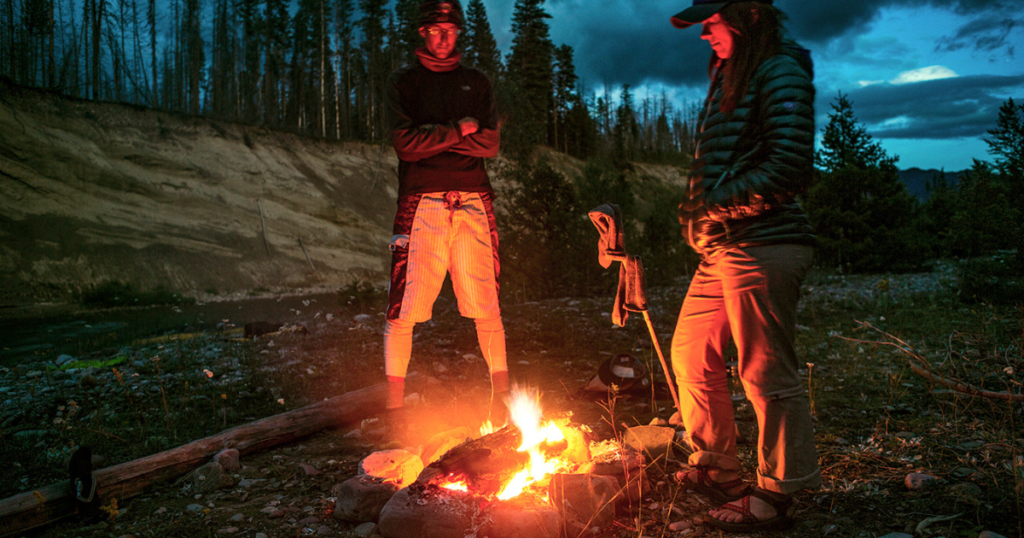
Packrafting is rewarding
For someone who is more accustomed to backpacking, where every day is a knee-grinding mission, I had never experienced the casual joy that comes with packrafting. You get all the rewards of a self-supported expedition, without the blisters and daily exhaustion of the trail. I was loving every minute of it.
Our fourth night on the river, we pulled off on a rocky beach and made camp right next to the river. The river valley was more wide open here, allowing for vast views of the surrounding mountains and a beautiful sunset. We made a nice fire nestled in the rocks and watched the sun go down. The four of us sat in silence next to the crackling fire, simply enjoying the moment.
That night, I crawled into my tent. It was the first night the weather really cooperated, so I didn’t put a fly on. I left it by my side in case a storm rolled in during the night. But no storm came. I stared through the mesh of the tent and watched the stars pass overhead. I felt thankful and blessed to be in such a beautiful and untouched landscape. With no roads for miles around, the only people within fifty miles of our party were there because they had worked for it. The Bob Marshall is a landscape that doesn't allow people to pass through easily.
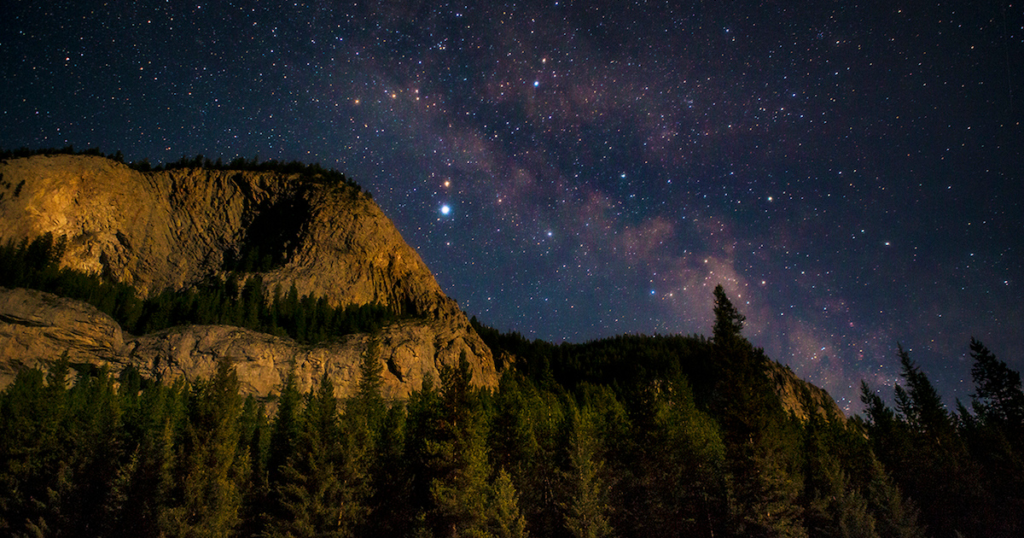
Last day packrafting
On the last day, only fifteen miles of river remained ahead of us before the river became too wild to navigate with packrafts, at least with my limited whitewater expertise. By now the volume of water was significant. The emerald waters transported us effortlessly. I felt like I never wanted the adventure to end.
I heard a roar of whitewater as we rounded the bend. This was our take out. If I missed the pullout and went into the rapids, I would be cast past the point of no return, hurled into an exit-less gorge with a series of challenging whitewater rapids that were well beyond my skill to navigate. I paddled hard to the bank, and made it with a sigh of relief, just above the rapids.
Fifteen miles of hiking and 55 miles of river lay behind me now. We packed up our gear on the sunny river bank, letting everything dry out as much as possible before hauling it out the last three miles to our car.
Without six days of food, our packs were much lighter and smaller. But the hike out was still a bit sad. We were leaving behind a remote and wild river. The Bob Marshall Wilderness had left a profound impact on me. I am lucky enough to have traveled all over the world. But this little trip with a few friends had become one of my top adventures I'd ever done.



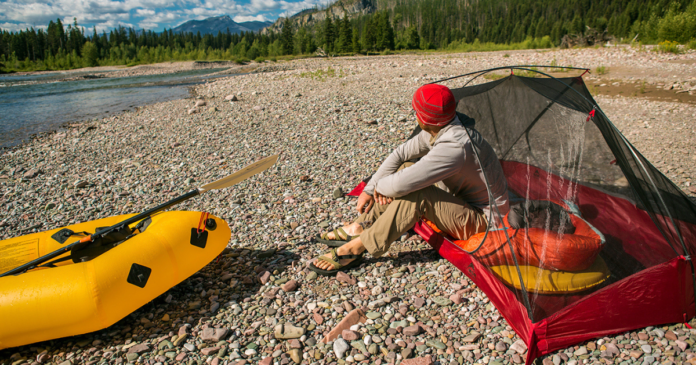


Hey, loved the trip and trying to plan a similar. Is there any way you can send me the basics route you took. We are taking a group of ten with limited experience so want to avoid any rapids above a II if possible. Don’t mind portaging around a few.